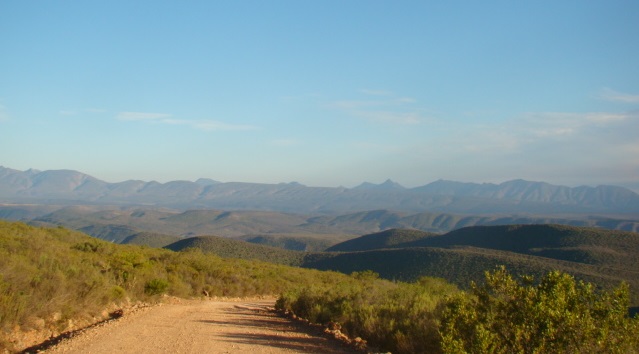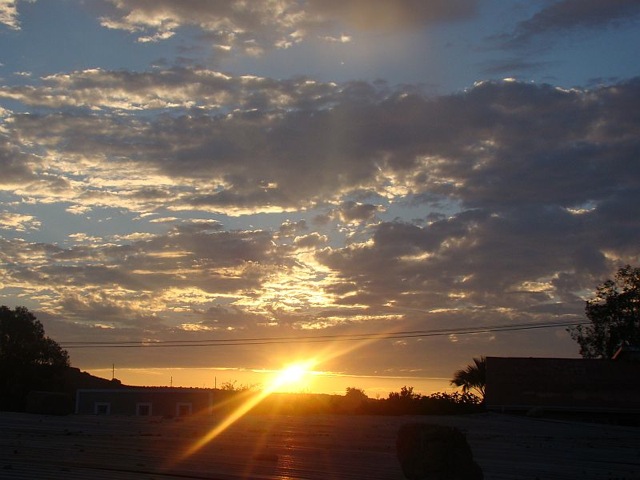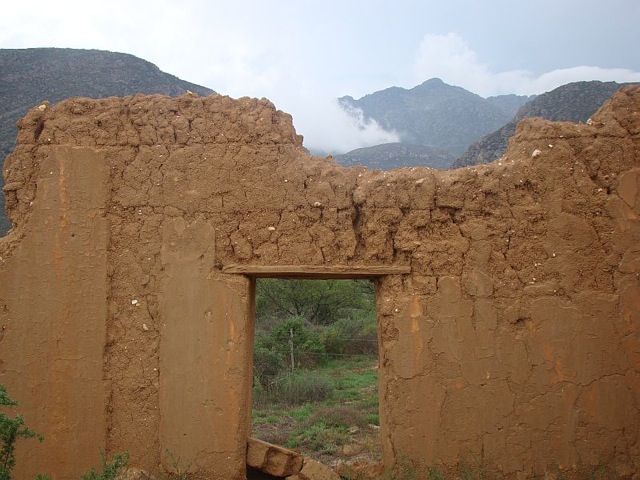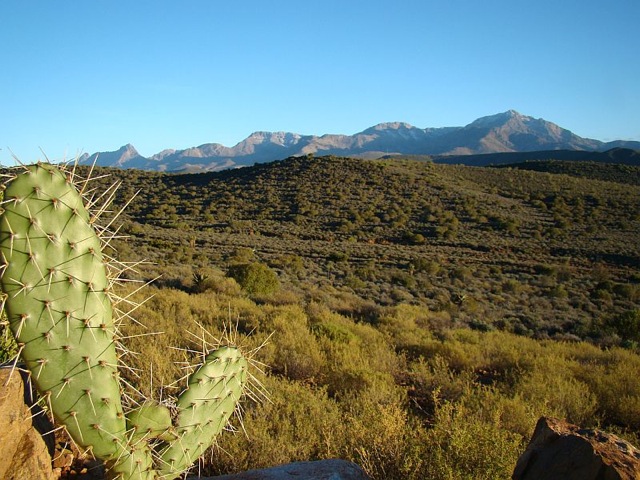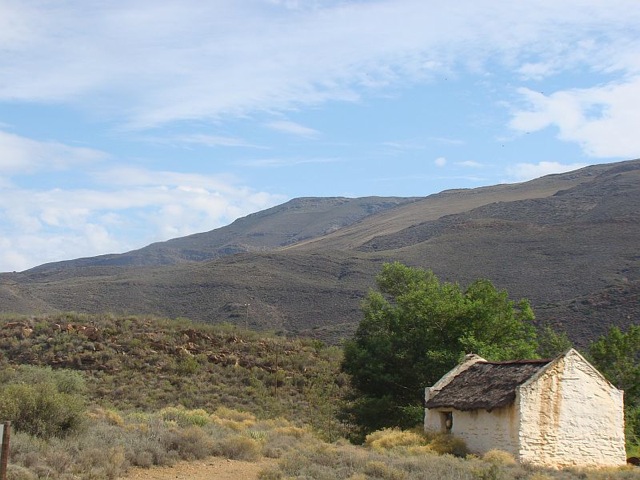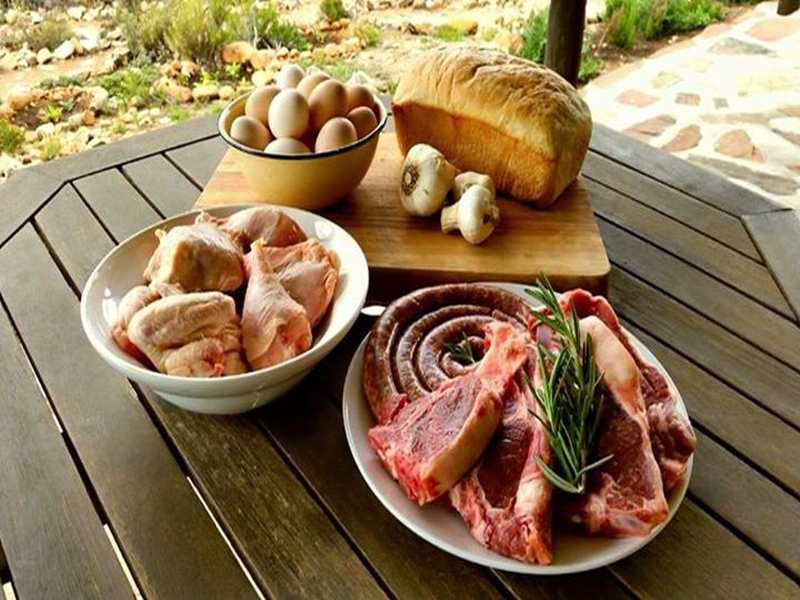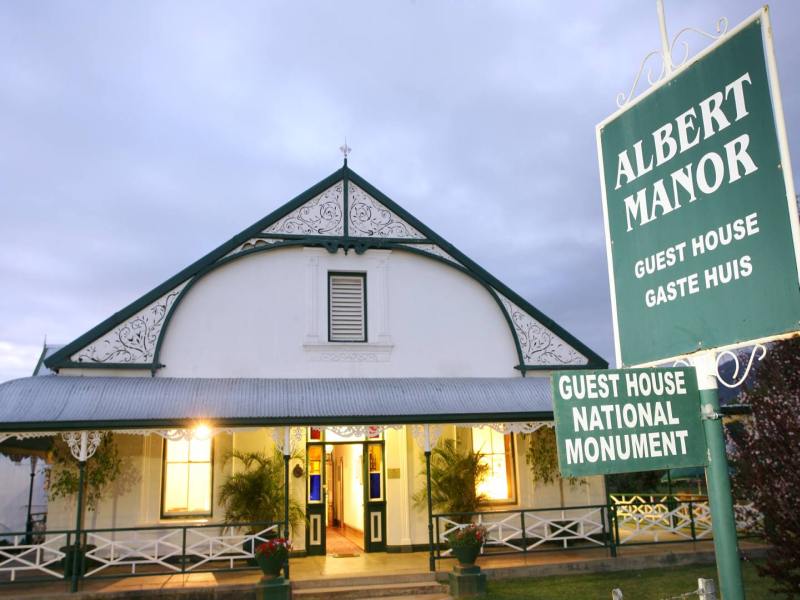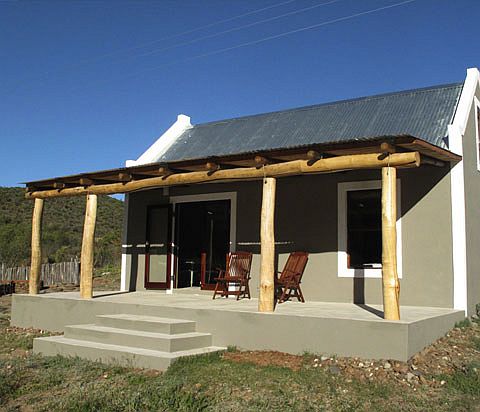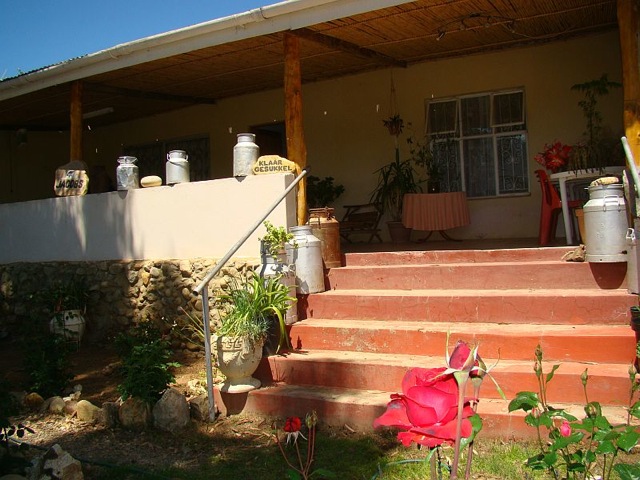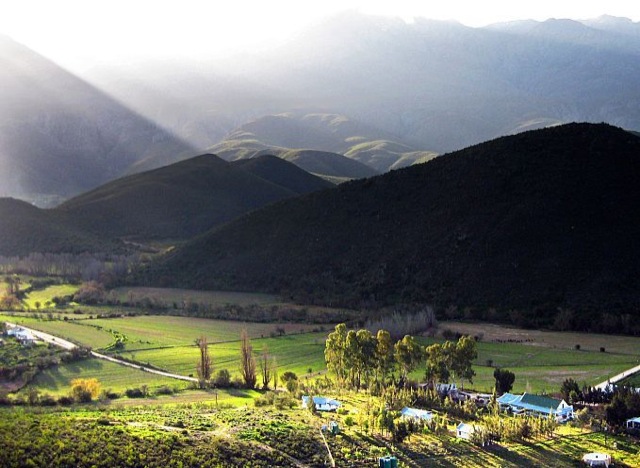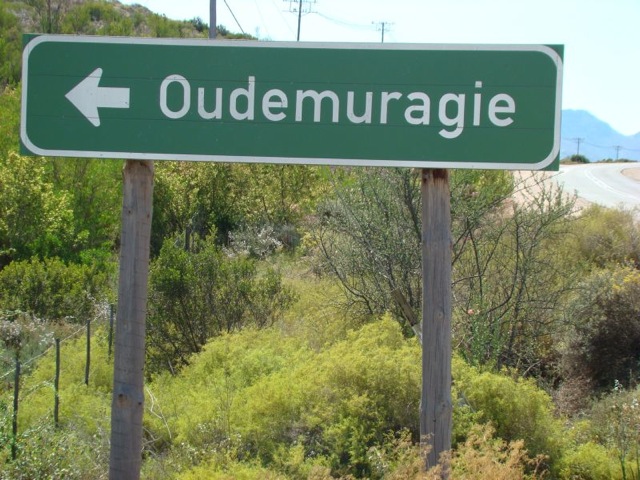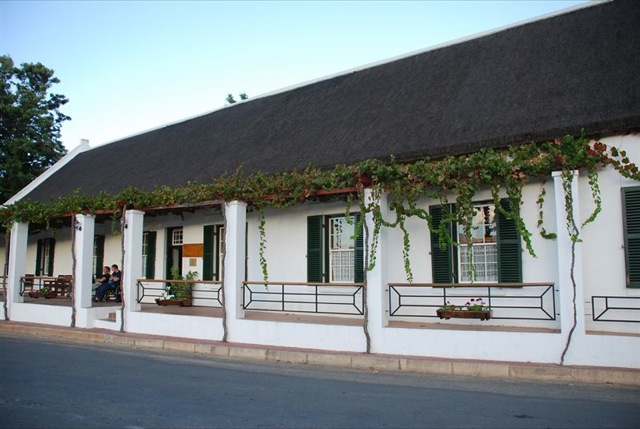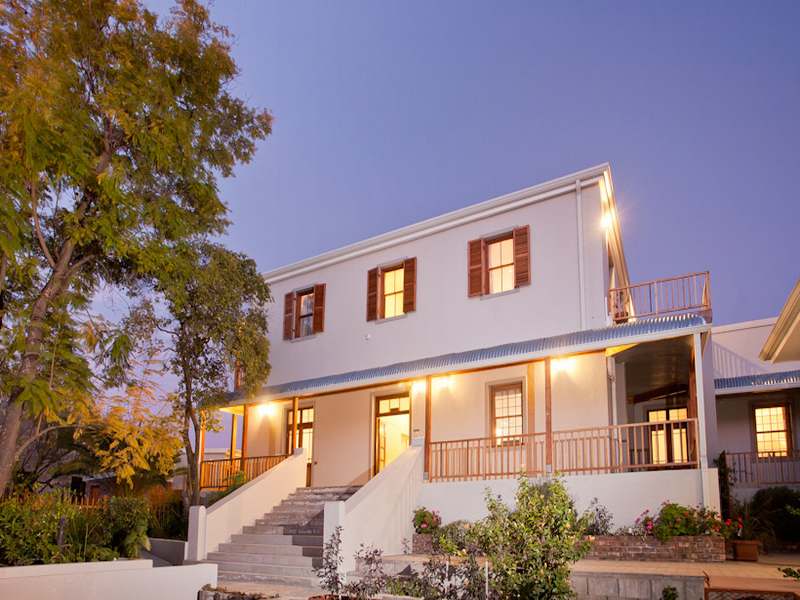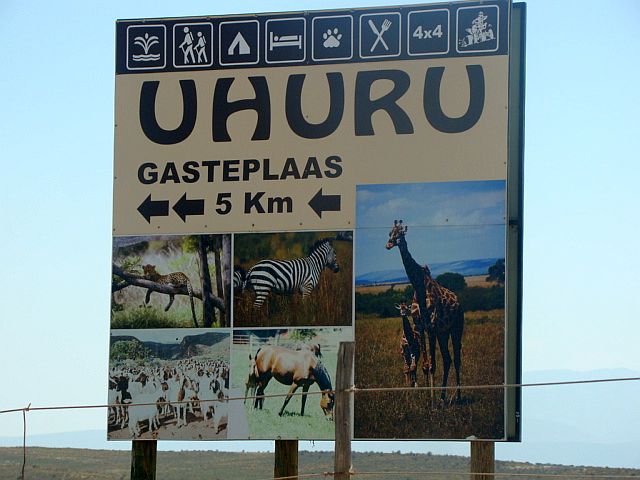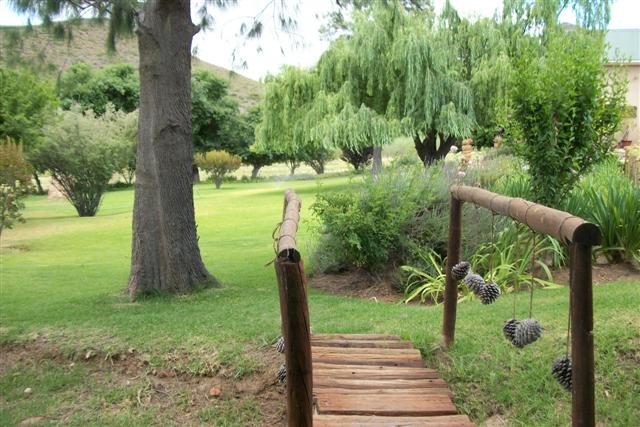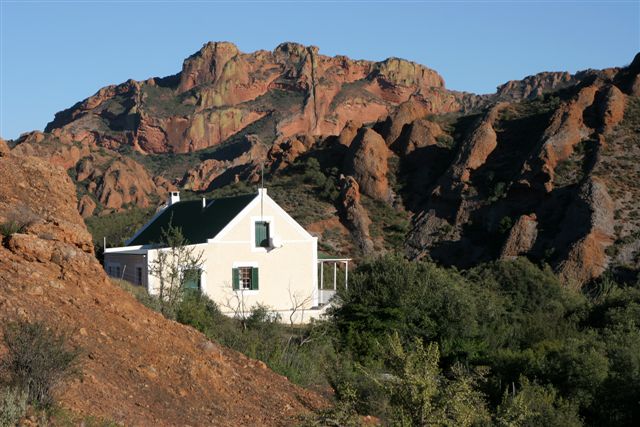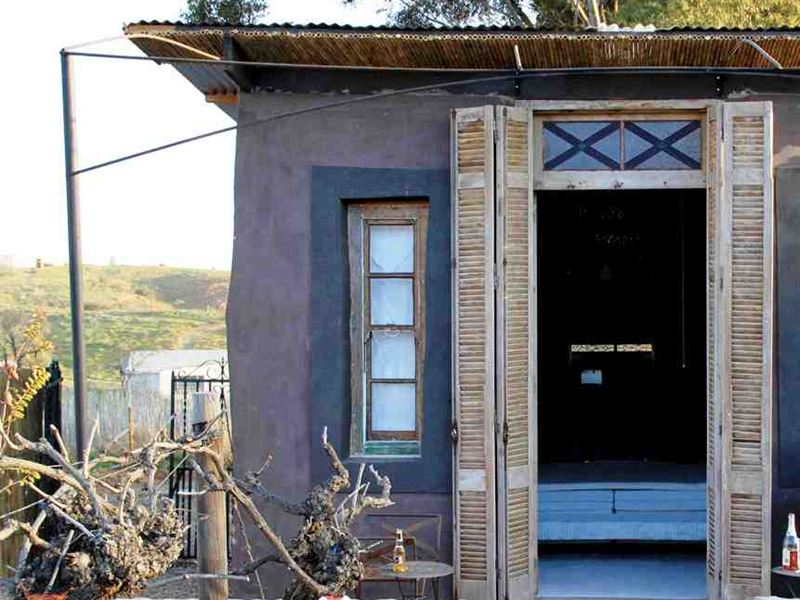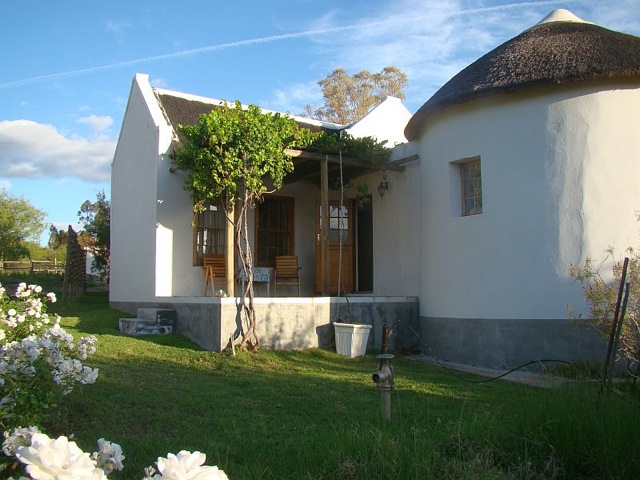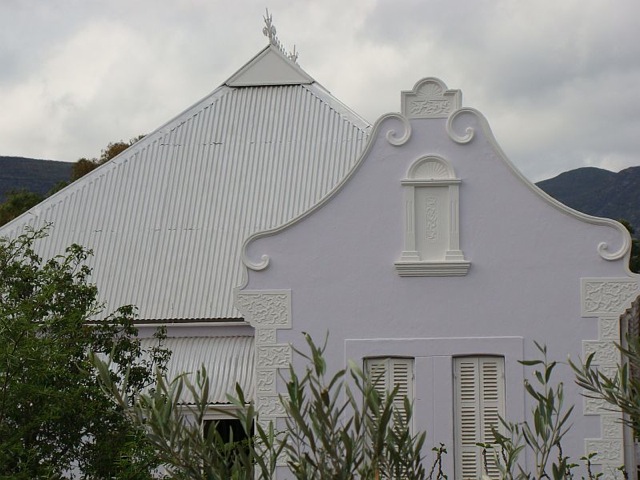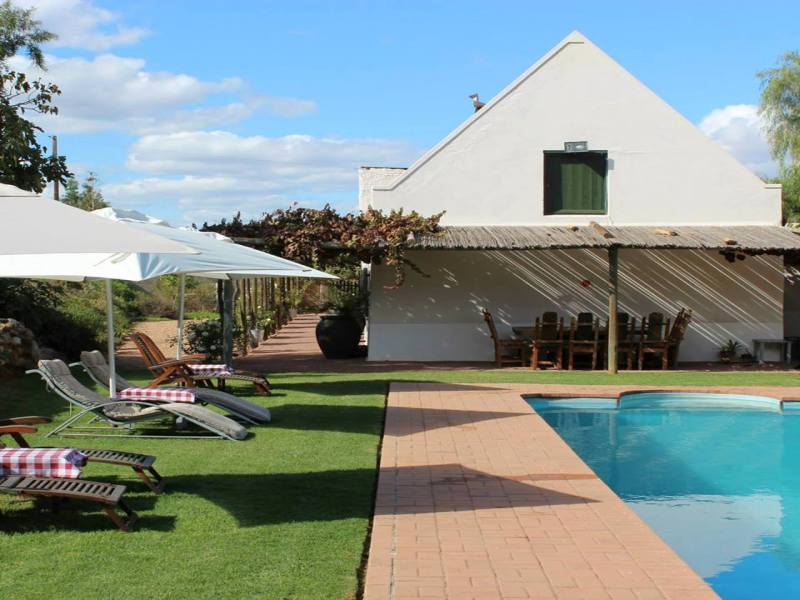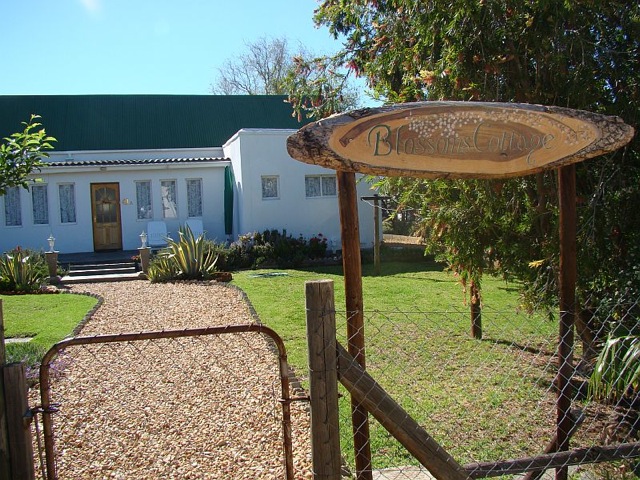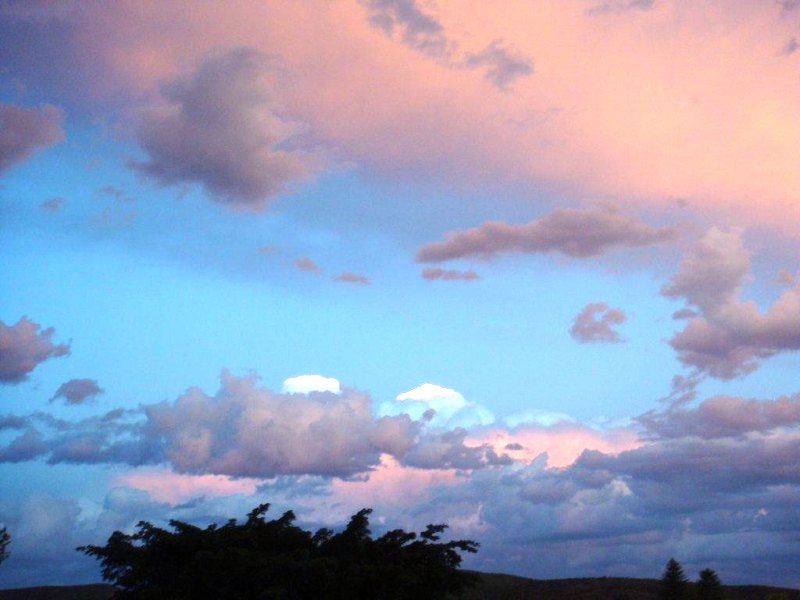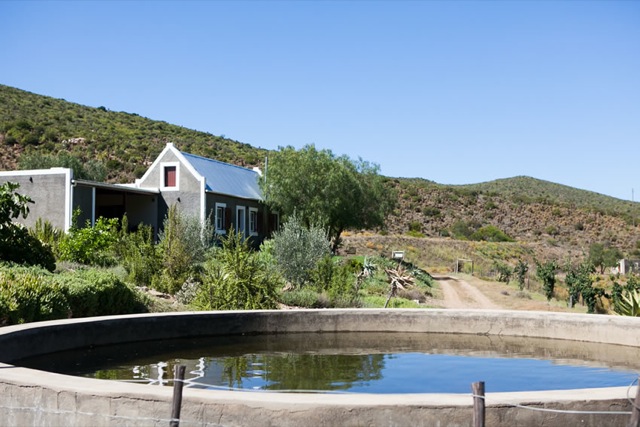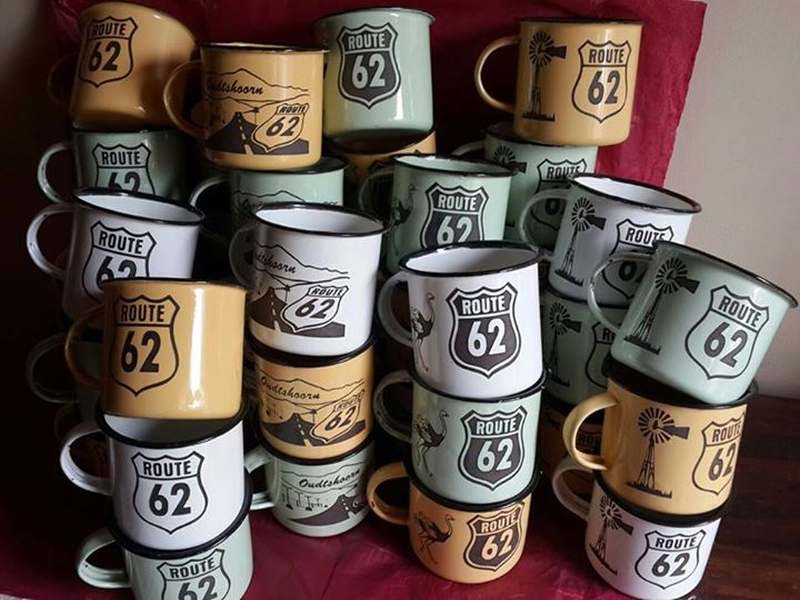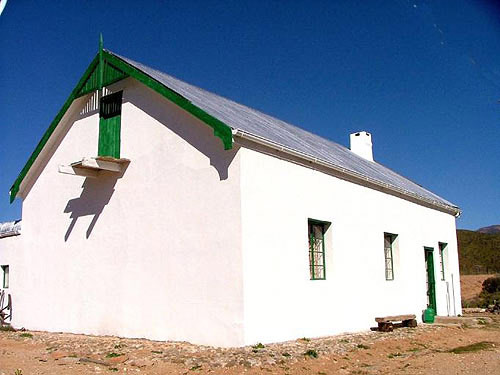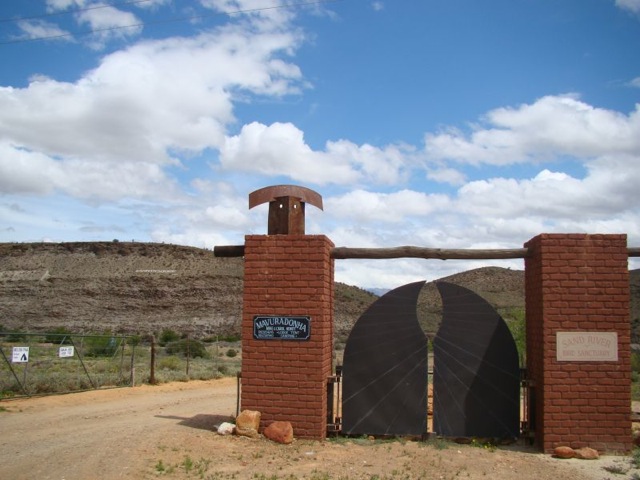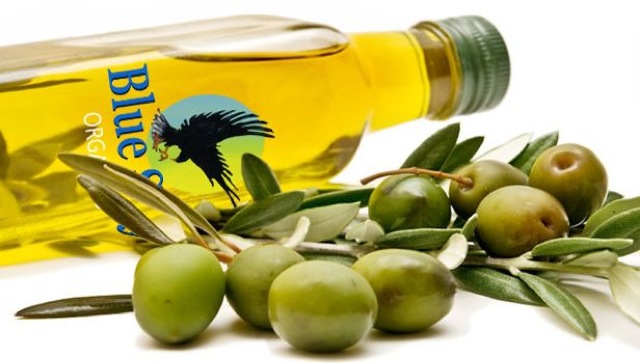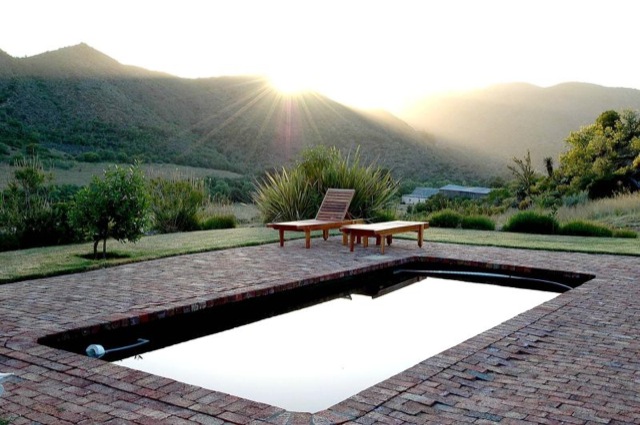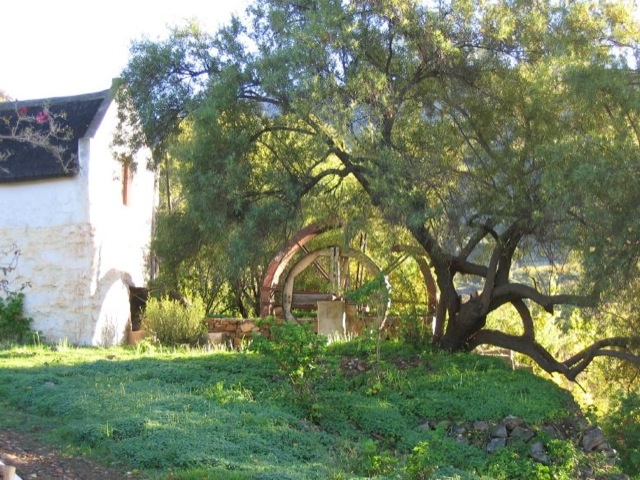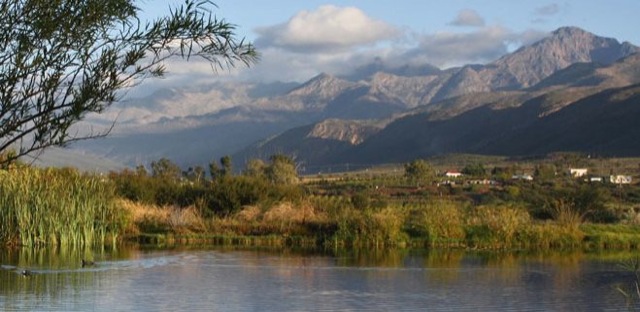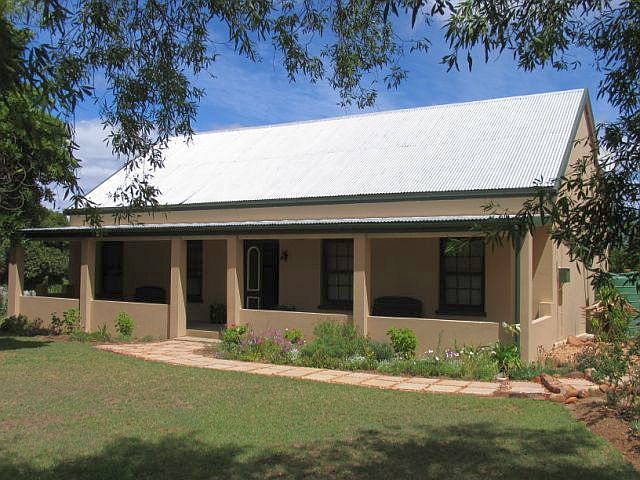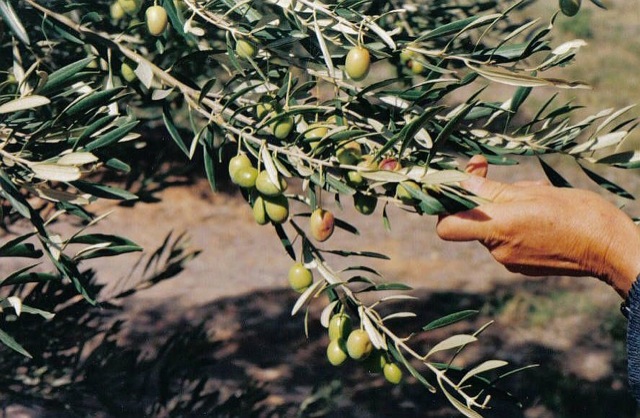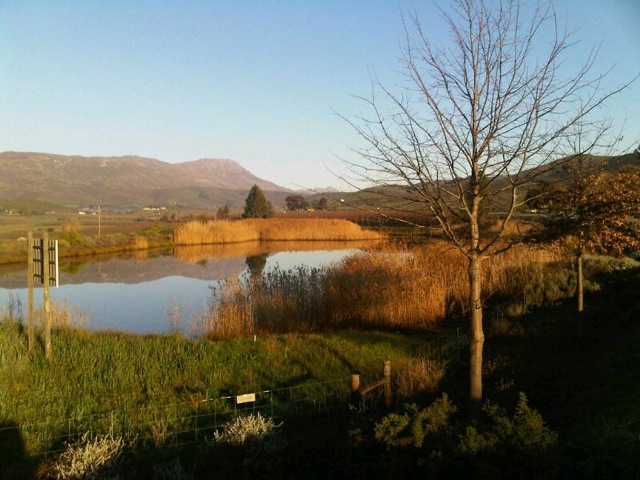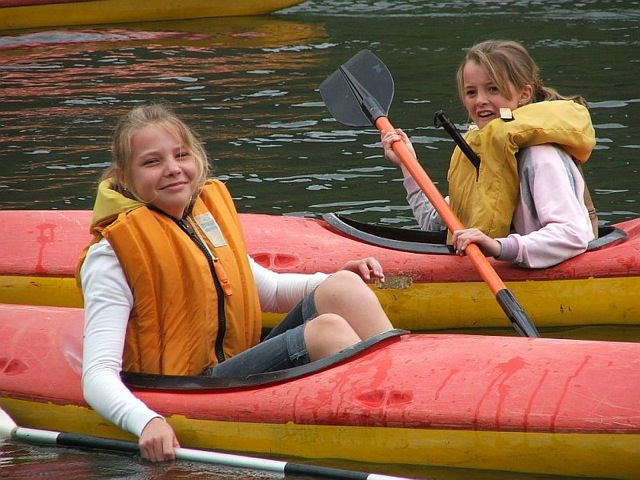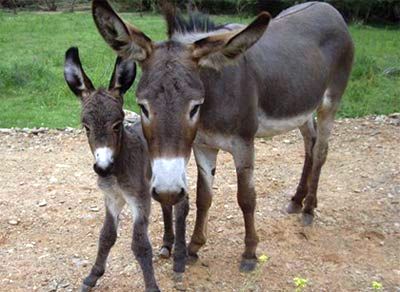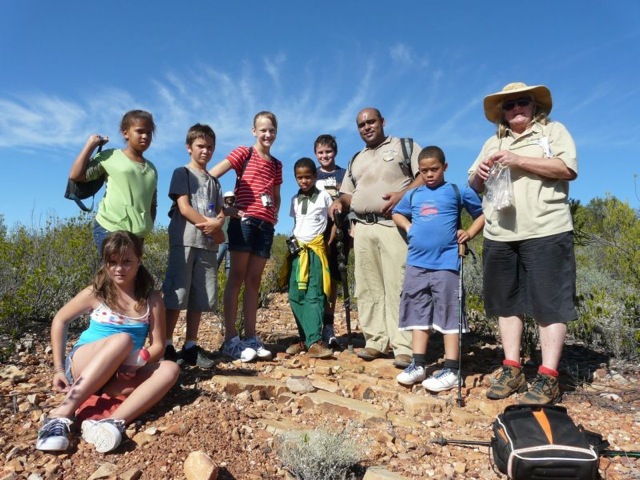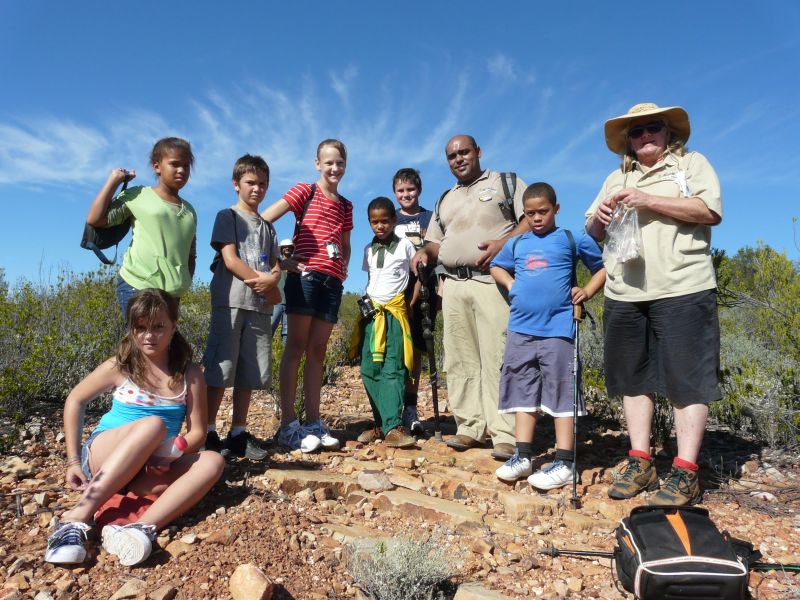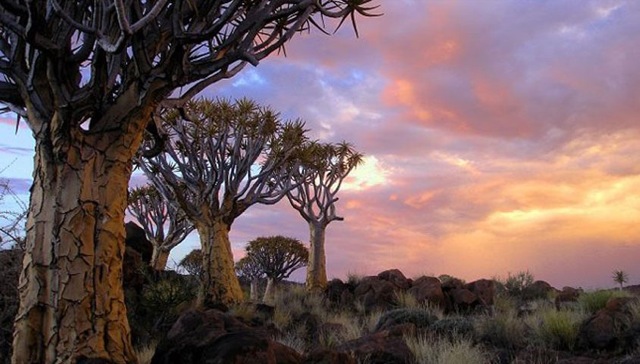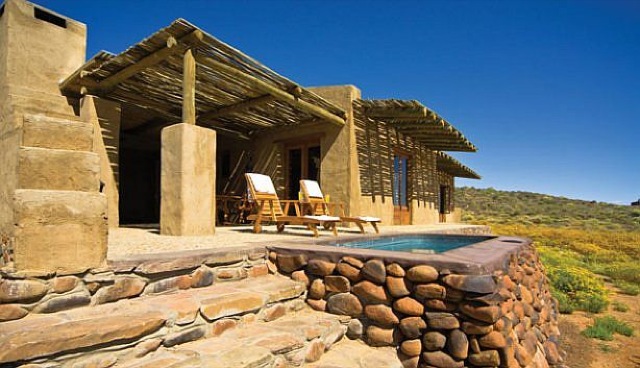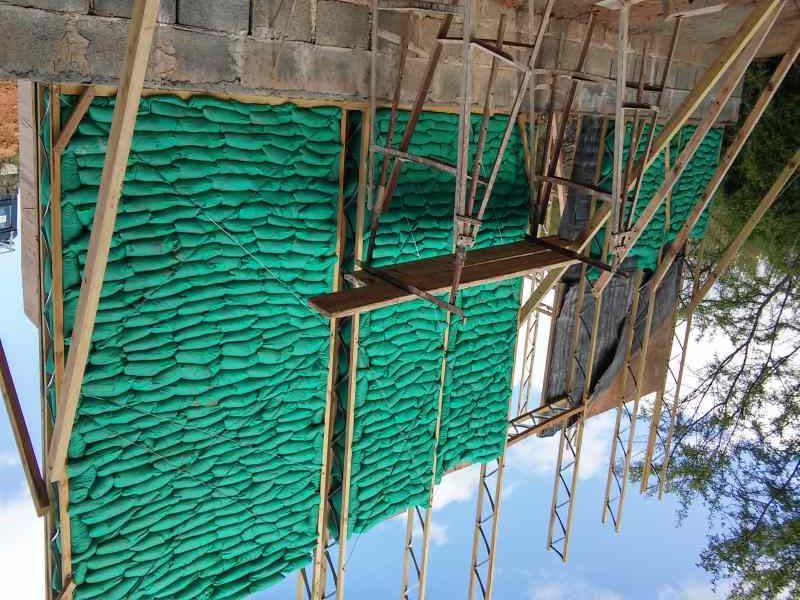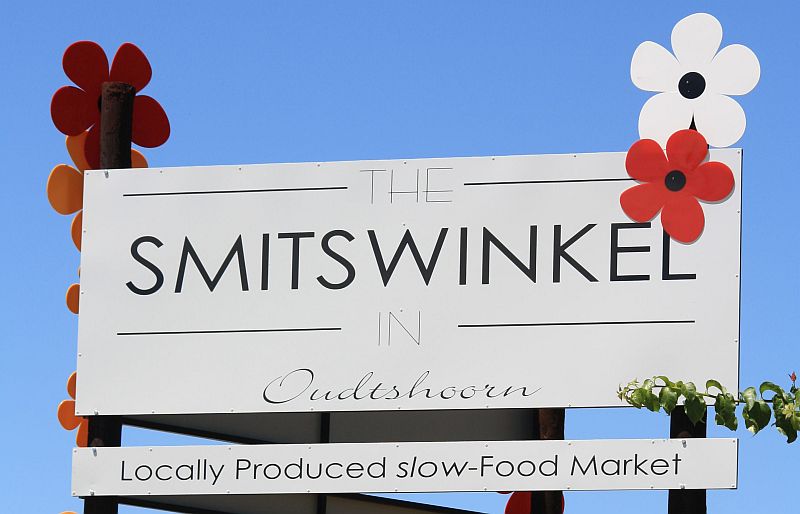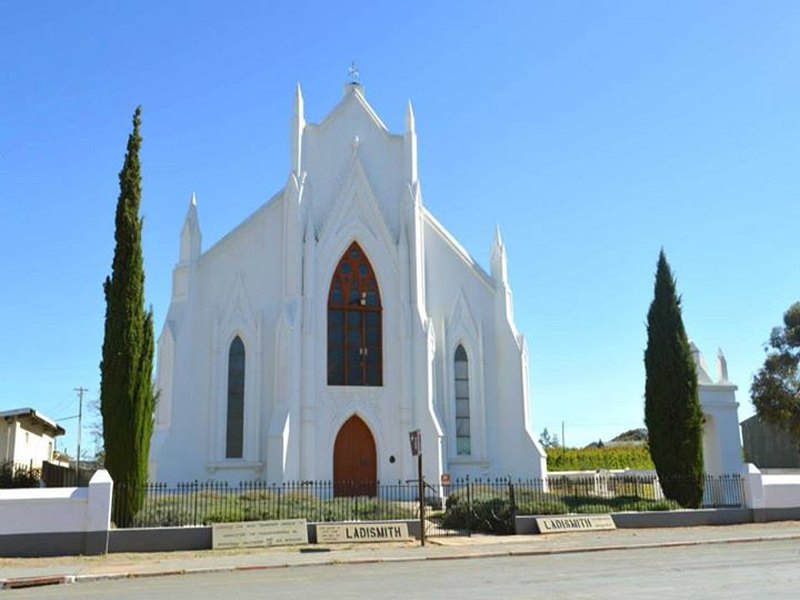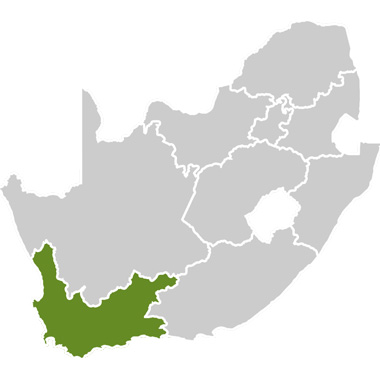The Kanna Biodiversity Experience is situated in the Little Karoo and forms part of the scenic Route 62 and includes the towns of Ladismith, Van Wyksdorp, Zoar, Calitzdorp and De Rust. Neatly placed amongst majestic mountains and passes of the Swartberg, Gamkaberg, Rooiberg, Seweweekspoort, Huisrivier and Meiringspoort, the area boasts some of the most spectacular rock formations in the region. The area is located in the succulent Karoo biome that features these desert-adapted species in abundance. The Karoo is characterised by its arid and flat landscape where hot days and cold nights make it one of the best regions on the world for stargazing. The route offers a range of attractions linked to people, biodiversity, history and culture.
Ladismith:
The little town of Ladismith is handsomely set against the foot of the Klein Swartberg Mountains and is overlooked to the north by some of the most scenic peaks of the Swartberg Mountains. The area is renowned for its dairy produce and the Parmalat Shop offers traditional cheeses such as Gouda and cheddar or brie and creamy blue. Ladismith Cheese has been manufactured in Ladismith since 1940 under the leadership of Roy Taylor. The Ladismith Cheese Company was founded in June 1999 and has grown significantly since then.
The town is also known for its talented local artists and the Otto Hager Church building in South Street has a permanent exhibition of their work on display. The Touwsberg Private Game & Nature Reserve offers a large variety of game and flora in self-contained biological and geological ecosystems. Touwsberg Private Game & Nature Reserve is located on 2 500 hectares and features a unique combination of mountain fynbos and typical Karoo veld.
The town serves an extensive farming area with ideal climate for the production of quality fruit. Ladismith produces a third of the country’s apricots, peaches, plums, and nectarines for the export market. The Hoeko Valley is ideal for cultivating wine and Ladismith Cellar produces a number of quality wines and offer tastings to the public by prior arrangement.
The seemingly unclimbable summit of the Klein Swartberg known as Towerkop remains a favourite amongst mountaineers. The name Towerkop (Enchanted peak) has its origin in a folk tale that tells the story of a witch who was thwarted near the summit while cross the range on night. In her rage she split the great rock dome before her using her wand and today it remains divided into the eastern and western pinnacles.
Zoar:
Neatly placed along a fertile valley 22km from Ladismith, Zoar is surrounded by mountains and is developing as a popular attraction among hikers as trips can be arranged by the local community.
Zoar was established in 1817 as a mission station and was named after the biblical town on the Red Sea. In 1833 the land was formerly transferred to the Berlin Missionary Society to be held in trust for the local inhabitants.
Amalienstein:
The quaint village of Amalienstein started as a Berlin Mission station and was named after the lady who provided the funds to purchase the land, Frau Amalie von Stein. There is a legend in the Karoo that talks about a beautiful mermaid that can be seen sitting on a rock at rivers and waterfalls, combing her long black hair. This legend was explored in a documentary on SABC television called ‘Magic Places‘. It followed an intriguing trail of indigenous stories, first-hand sightings of mermaids, fossils, and mysterious San rock art of mermaid-like creatures which occur only in this area. Amalienstein is one of the areas where the mermaid is said to have been seen.
Van Wyksdorp:
This quiet village of Van Wyksdorp is situated on 42km from Ladismith. The town has a population of approximately 2 000 people that includes the surrounding villages and farms. Van Wyksdorp was established in 1839 as a Dutch Reformed Church parish, on the farm Buffelsfontein which was owned by Gerrit van Wyk. The name Van Wyksdorp was a result of the large number of Van Wyk residents in the area. During the years of the ostrich boom, it was the centre of education in the Little Karoo. The school was built in 1912 and during the boom had well over 200 pupils who came from surrounding towns.
The area is popular with mountain bikers and off-road motorbikes and passes such as the Rooiberg Pass is well known for its scenic beauty. Van Wyksdorp is renowned for its dried flower industry and wild flowers are harvested from the mountain sides, dried, dyed and exported. Popular tourism activities include 4×4 trails, hiking trails, mountain biking and camping. Stargazing and bird-watching are popular pastimes and the area has abundant wildlife.
Calitzdorp:
This typical little Karoo town of Calitzdorp is nestled in a fertile valley that was originally a lake. Streams meander through the surrounding Swartberg and the Rooiberg mountains to provide a source of water for the surprising amount of fruit grown in the area.
The Khoi people called the area Kannaland – valley with no grass. There is evidence of early San and Khoi people in numerous rock paintings found in the surrounding mountains. In 1853 land was donated by the Calitz brothers so that a church and school could be built. Queen Street is one of the oldest streets in town and houses a number of Edwardian, Victorian and Karoo style buildings that gives the town its sense of place.

